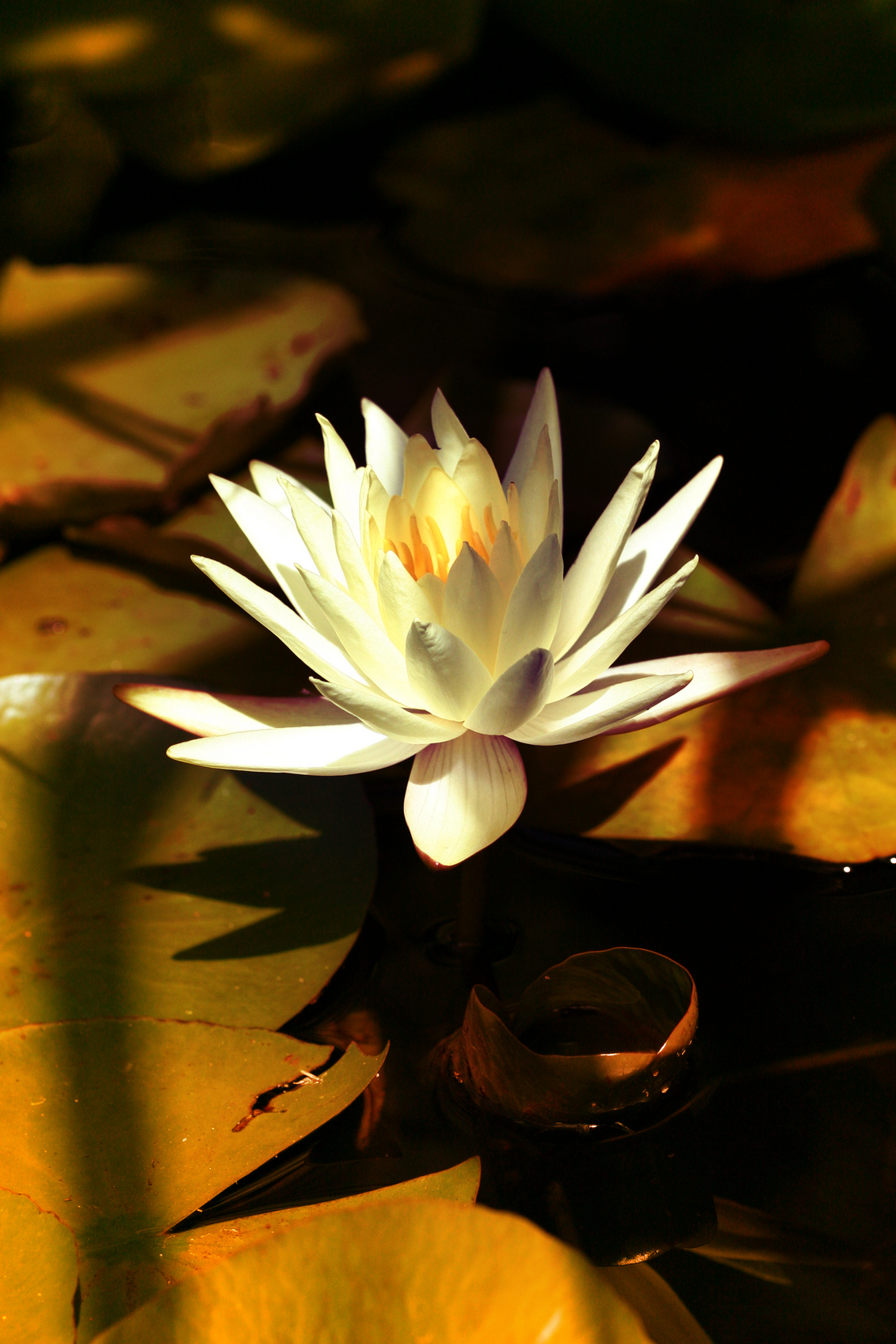Yin and Yang 101

By Toby Helmstetter, LAc
"When people see things as beautiful, ugliness is created.
When people see things as good, evil is created.
Being and non-being produce each other.
Difficult and easy complement each other.
Long and short define each other.
High and low oppose each other.
Fore and aft follow each other."
- Dao De Jing
One of the guiding principles in Chinese medicine is the concept of yin and yang. Though not necessarily a complex idea, the concept of it can elude patients and sometimes even their practitioners. Yin and yang are fundamental opposites, and yet, between the two ends of that spectrum, yin and yang are the dynamic, creative, and interdependent forces upon which all health, according to Chinese medicine, relies.
Classically, the first mention of yin and yang describes yin as "the shady side of the hill," and yang as "the sunny side." Through this it is extrapolated that yin is then all things dark, dense, cold, and static, while yang is all things bright, hollow, hot, and in motion. Were we to leave it at that yin and yang would be basic categories into which we could divide the whole of the universe. But as we all know, the universe isn't like that, and most certainly, neither is the body. Take for instance a 24 hour period. We can easily associate the yang part of the day with morning and the hours of day light. Likewise, evening and night could be considered yin. But when we break the day into specific hours, how do we categorize dawn? Or dusk? The relative light or darkness in these hours cannot be considered strictly dark or light, yin or yang. It is here where the beauty of the concept is born. For in the hours where it has been dark and the light is just beginning to emerge, we see the yang within the yin. And where the daylight begins to fade and the sky darkens, we see the yin within the yang. This deepening of the idea of yin and yang can now be transposed onto the whole of creation. As the quote above suggests, where there is dark there is light--where it seems there are opposites, there are only varying degrees of the one within the other.
What does this mean for our bodies, our health? Every disease, from the common cold to the most complex auto-immune condition, can (and some would argue must) be viewed through the lens of yin and yang. Conditions as they manifest in the body are in a constant state of a relative and interdependent balance between yin and yang. Yin and yang in Chinese medicine exist in related dynamics, and understanding the way these dynamics are at play in an individual's body help the practitioner know where balance needs to be restored. Ideally, yin and yang are in perfect balance--we are neither too hot nor too cold, we are never too tired to move or too restless to sit down, we are never too thirsty, too dry, or too damp. Rather, the cool, wet, deep aspects of our physiology are in relative harmony with our warm, dry, and superficial ones. Yin and yang cannot exist without each other; think of the chills and sweating that come during a fever, or even the need for sleep after a long and active day. They exist to compliment, harmonize and support each other and every function in our bodies, from our heart beat to our digestion rely on the balance between yin and yang. We divide the body into yin and yang parts. The top of the head is more yang than our feet. The skin is more yang than our organs. And the division deepens to which organs are yin, like our liver and kidneys, and which are yang, like our stomach and intestines. Can you guess why? The yin organs are solid and the yang are hollow. And on and on it goes, making sense of every part of our physiology so that we have a way to study and balance the constantly evolving states of our bodies.
Yin and yang are a reflection of the world around us. As nature has seasons of relative heat and cold, darkness and light, so do our bodies. Being aware of these changes in the environment around us helps us understand the changing "seasons" in ourselves. Notice in which climates you feel the healthiest, most vibrant, and in which ones you struggle. Notice how your body responds to cold foods, spicy foods, or sweet ones. The yin-yang nature of everything around us can give us insight into the yin-yang balance in ourselves. All of the clues to our health are within us, we only have to tune in to them to know what's needed.


